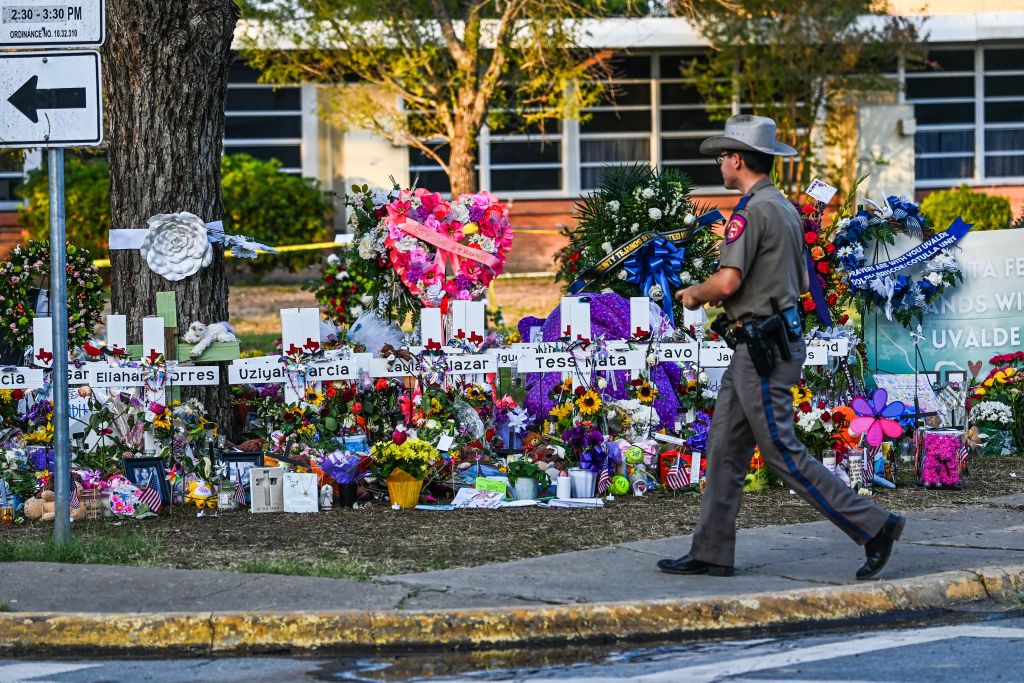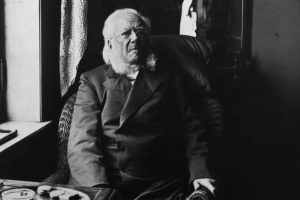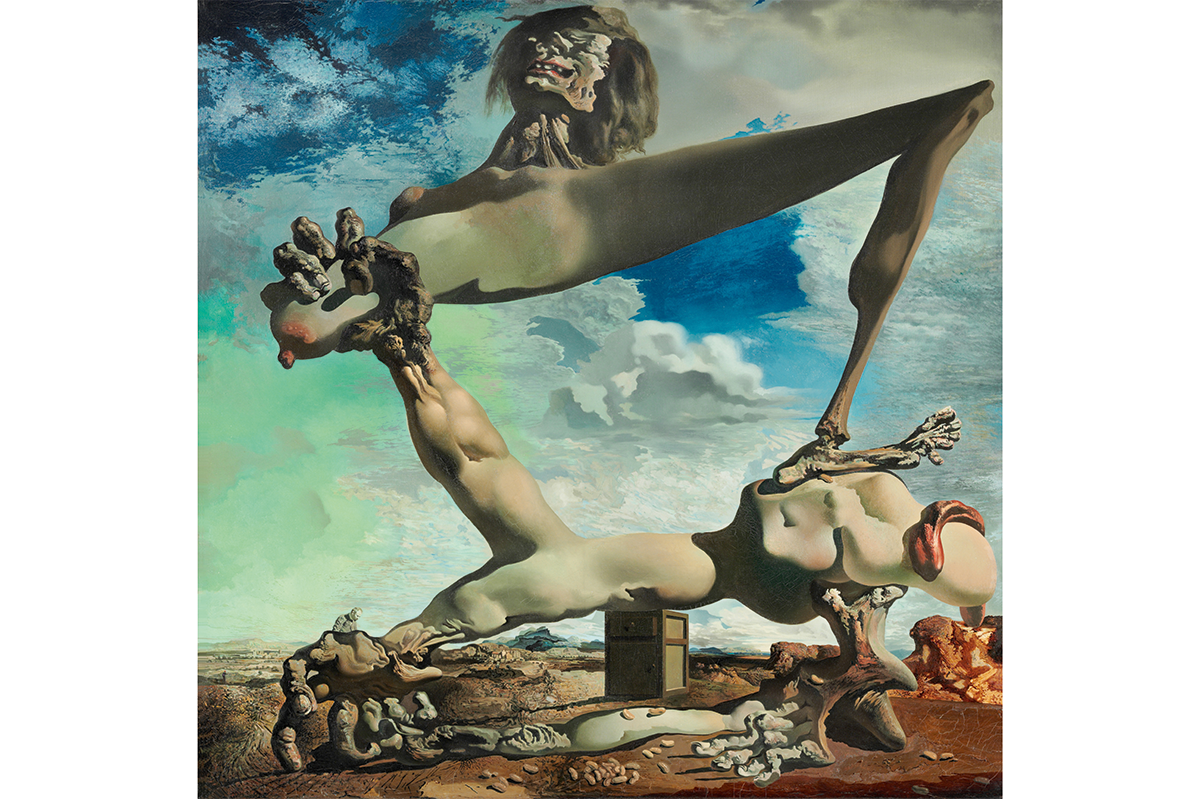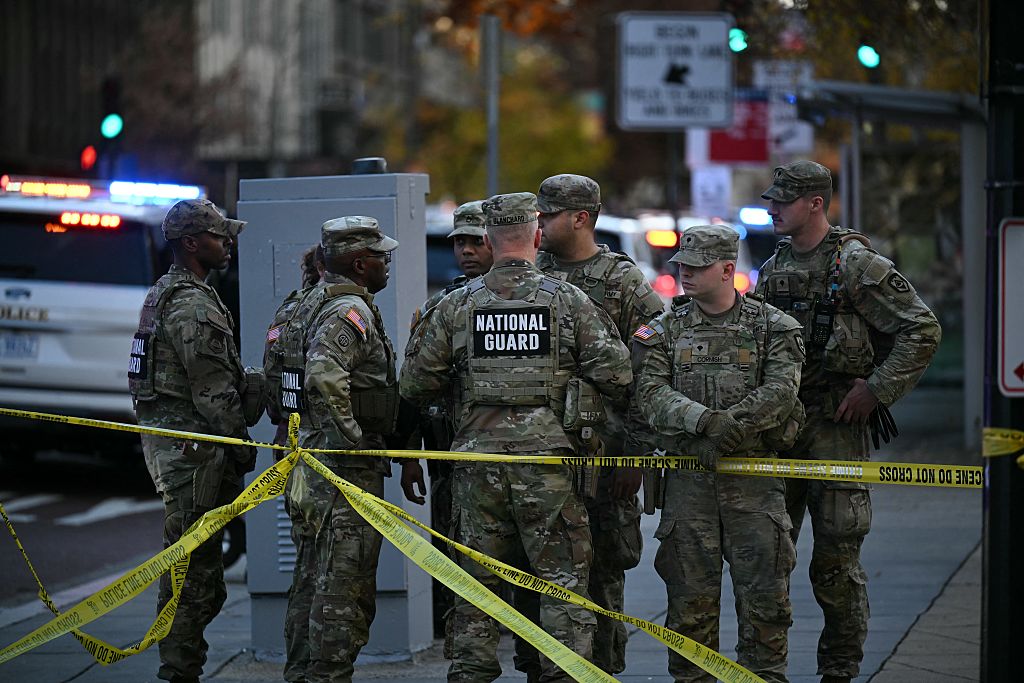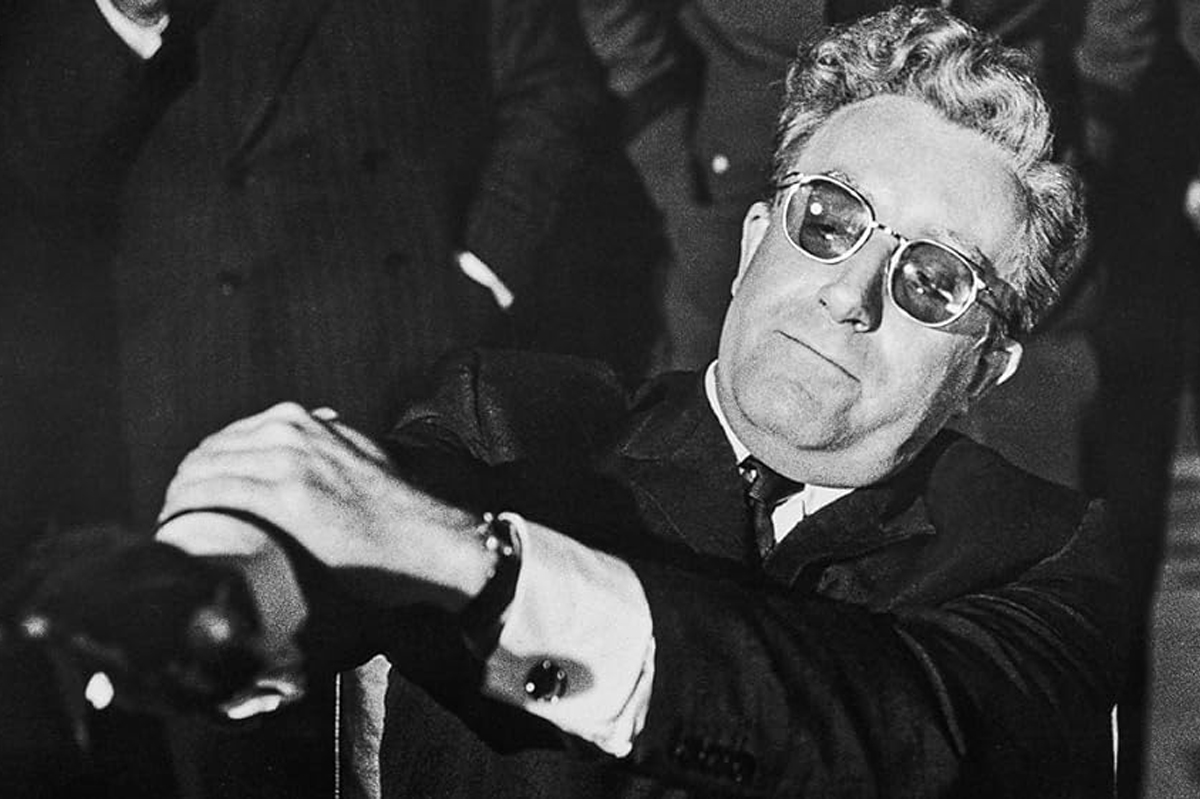Amid the recent orgy of violence across America, it was the carjackings that finally got me.
Lost amid all the mass shootings and gang slayings of late has been another wave of crime: vehicle thefts. In Washington, DC, carjackings in 2021 were up by a third over 2019, while in nearby Alexandria a motorist made national news after he shot two boys at a gas station who were trying to lift his car. In Chicago, 1,900 vehicles were jacked just last year, which is eye-wateringly high even by that city’s grim standards.
These thefts are almost all committed by teens, often at gunpoint. And whereas the point of a carjacking a decade ago might have been to sell off the parts for cash, the purpose now is better defined as “for the lulz.” Thieves have taken to posting videos of their ill-begotten prizes on social media. Sometimes the cars are even found later, abandoned and unharmed, taken for only a joyride. One community organizer told the New York Times that carjacking has become like “a sport.”
What stands out about these heists is what stands out generally about this summer of rage: the caprice, the anomie, the sheer pointlessness of it all. Such has been everything from Salvador Ramos’s rampage in Uvalde to last weekend’s shootout in Philadelphia that saw innocent bar-goers blasted. Law-abiding sorts, what Gil Sewall calls “Functional America,” like to think that violent crime happens for reasons that are both remote and sensible, gangs and drug lords with their own rules who would never reach all the way into the burbs. The thought of senseless attacks, people victimized at random, is far more chilling.
Yet that seems to be what’s happening here. How were there twelve mass shootings last weekend alone? How has the murder rate spiked 40 percent since 2019? The answer is surely a mosaic, from soft-on-crime DAs to a massive proliferation of guns to the riots of 2020 (Baltimore still hasn’t recovered from the unrest after Freddie Gray’s death in 2015). Yet one particularly bloody tile catches the eye time and again: the pandemic. Covid lockdowns effectively imprisoned restless adolescents while paradoxically making it easier for them to skip school. That pent-up energy had to come out somewhere, and so it has.
This is the other side of the Covid story, the one we don’t like to talk about. While Saint Fauci and his harem of Karens insisted it was easy — all you had to do was wear a mask, all you had to do was order from DoorDash and not think about the dude who actually had to drop off your vegan chimichangas — the edges of our society were bleeding. The usual avenues of hope, from classrooms to after-school sports, were blocked off. And so some teens instead got their kicks lifting Subarus. It wasn’t just them. Think of the lonely and shut-in twentysomething who began drinking alone, or the working-from-home empty-nester who found herself drawn in to lurid Reddit conspiracy boards.
The common denominator here is nihilism, a sense that nothing matters, or that there isn’t anything to matter. Thucydides wrote of a horrible plague that ravaged Athens during the Peloponnesian War, which he said heralded “the beginnings of a state of unprecedented lawlessness” in which “no fear of god or law of man had a restraining influence.” Certainly the crime here in America isn’t quite so unprecedented — this has always been a violent country — but our own Covid plague does seem to have hollowed out something essential. Stripped of meaning and uncertain about the future, some have filled the void with bloodshed.
None of this, by the way, is meant to distract from the issue of guns. America’s abundance of firearms are no doubt fueling this madness. And why not cast a critical eye upon our mass media too? Season one of Stranger Things began with nerdy kids playing Dungeons and Dragons; season four kicks off with the bloody corpses of children strewn across a lab. Hollywood’s obsession with gratuitous violence can seem at times like a dark caricature of the violent nihilism building outside.
Still, you can’t blame it all on the movies, or even the guns. There have been plenty of hideous episodes in this crime wave where a gun was never used. On Capitol Hill, a man attacked a random passerby with a brick, then threw another at his baby in a stroller (both are okay). In Portland, rioters have targeted police with laser pointers, blinding them perhaps forever. The difference, as the gun controllers will tell you, is that none of those victims died from bullet wounds, which is true. But again, the inherent senselessness behind these acts deserves a conversation all its own.
Moral panics are as much a part of the American experience as amber waves of grain. If you hear someone shrieking IT COULD KILL YOUR CHILDREN, chances are it can’t and hasn’t and won’t. Yet in this case, the hand-wringing has just cause. There is an inhumanity at work in this country that’s as stark as anything I’ve seen in my lifetime. And it may be that the solution lies all the way back with those teenage carjackers. Generation Z has been particularly pummeled by Covid lockdowns, with polls finding Zoomers struggling to advance their careers, date, maintain friendships, and keep up their mental health.
Yet if we’re going to fully recover from this, it’s will take a younger generation, weary of unrest and gridlock, determined to build something in the void. Whether our exhausted young can yet manage this remains to be seen. But then that’s the good thing about living in a free society: if nihilism has room to thrive, so too does reform, correction, hope.



